Best laptops under $800 We’ve Tested (July 2025)
I’m excited to talk about the 2025 laptops!
Prices are skyrocketing, especially in the US, and for what? Many new models offer only small upgrades while manufacturers push prices much higher. Tariffs don’t help, either. Seeing new gaming rigs cost over $5,000 and thin-and-light laptops near $2,000 feels almost unreal. Sure, other countries have struggled with high laptop prices for years, but things are out of hand now.
But here’s the good news: you don’t have to spend a fortune on the latest models. Many last year’s laptops give you almost the same experience at a much better price. Let’s run through the best value picks from last year that often go on deep discounts.
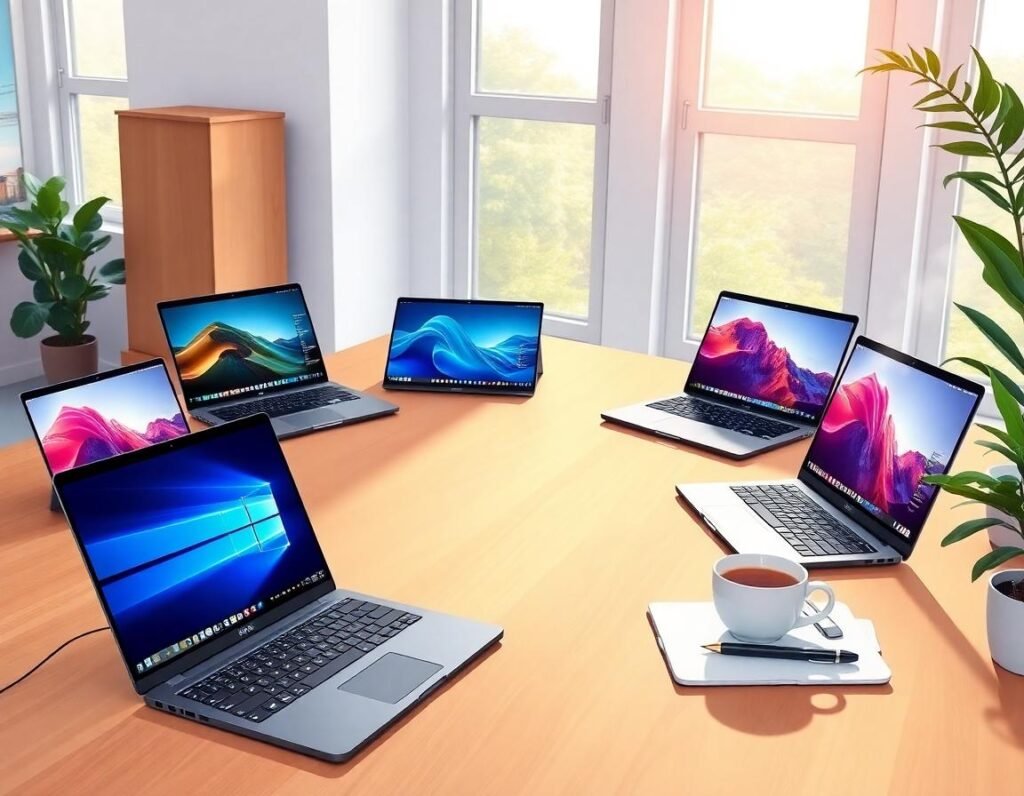
First, let’s look at thin and light models.
The hb13 remains a top pick for anyone who wants something portable and reliable without the high cost. It’s a lightweight 13-inch laptop that you can often find for around $600. It nails the basics—the keyboard feels good, the display works well, and the processor handles everyday work with ease. You get 16GB of memory and 512GB of storage, which is more than enough for most. The main drawbacks are the plain design and cheaper feel, but at this price, it’s easy to overlook.
If you mainly do office work and browse the web, the slim 7x is tough to beat. It looks great, feels premium, has strong speed, and the battery lasts a long time. Its large 14.5-inch OLED display is stunning—the best OLED we’ve tested, with bright colors, crisp detail, and a smooth refresh rate. This laptop typically goes for $799 and sometimes dips to $749, making it one of the best value deals out there.
There are some trade-offs, though. The slim 7x uses a Qualcomm chip, so you need the ARM version of Windows. That means some apps and many games won’t work. The trackpad also needs heavy clicks, and it can be pretty noisy. But if you mostly use standard programs like Office, Zoom, and browsers—and don’t care much about the trackpad—you’ll be happy with it.
Now, if trackpads matter to you, the Surface Laptop 7 delivers one of the best haptic trackpads available. This is my personal laptop pick—it looks sleek, the screen is vibrant with sharp resolution, and the keyboard feels incredibly comfortable. It’s sturdy, light, and portable. You can usually snag the X+ version for $950, which is the one I recommend. Most users won’t need the extra muscle of the more expensive EX Elite version since it drains battery faster. Downsides include shorter battery life and the need for ARM Windows, which again blocks certain apps, especially games like League of Legends. The Surface Laptop 7 can also get warm to the touch.
There is an Intel Luna Lake edition made for business buyers, and it fixes every major issue, but it costs a lot more. Microsoft makes the better version available to business clients while selling the Qualcomm model to everyone else. If you stick to office software or the web, the Surface Laptop 7 offers real quality for a fair cost.
If you want to skip Qualcomm and don’t want to pay high prices, check out the Lenovo Yoga Slim 7i AA Edition. This 15.3-inch model brings everything you want: a clear, fast display, solid keyboard, better trackpad than the slim 7x, and a compact but sturdy build, all running Intel’s Lunar Lake processor. That means no app limits, excellent battery, and quiet operation. Its only weak spots are its plain design and slightly bigger size. At $999 on sale, it’s hard to beat for the price. There’s also a 14-inch model coming soon, so keep an eye out.
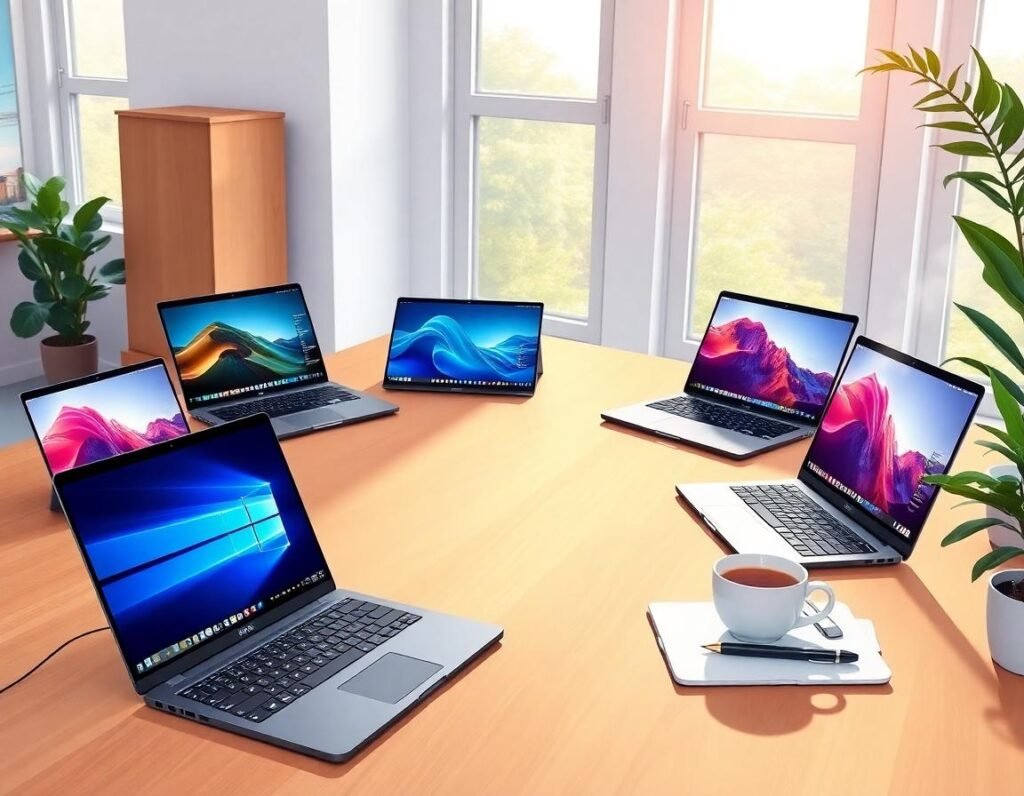
Need something even more compact?
The Asus Zenbook S14 shines here. It’s tiny, stylish, light, and has fantastic battery life. An OLED display with a high refresh rate seals the deal. Sale prices hit $1,000. Its main drawback? The display is glossy and reflects a lot, so it suits darker rooms.
For students and light users, the HP Omnibook Ultra Flip is super versatile. With an Intel Lunar Lake chip, a bright touch display, good haptic trackpad, and pen support, it fits nearly any need. It’s a two-in-one, so you get more flexibility. It’s not as lightweight as the Zenbook, but it makes up for it with a better screen and still solid battery.
Why would you still buy the Qualcomm models like the Surface Laptop 7 or Slim 7x? They’re often cheaper and come with more comfortable keyboards than the Intel options. The Surface has the best trackpad, while the Slim 7x packs the strongest processor in this range. You trade broad app support for those features, though.
For Apple fans,
the new MacBook Air M4 just dropped, but the update is pretty mild—same old design, low travel keyboard, few ports, weak base storage. Apple did cut $100 off the price, which drove the old M3 MacBook Air to a real value sweet spot. It’s now $800 for 16GB RAM and 256GB storage, or $1,000 for the 512GB model. This makes it a fantastic all-around laptop for almost anyone, with great integrated graphics and solid performance for daily tasks. For most, the M3 and M4 chips will feel identical in everyday use.
Let’s turn things up for people who need raw power on the move. The HP Omnibook Ultra (the regular non-flip) changed my mind after using it longer. For $1,000 (sometimes as low as $900), you get an AMD Ryzen 9 chip and 32GB RAM, which crushes the competition in this size and weight. Its only knocks: it’s heavy for a 14-inch, sticks with a 60Hz display, and the keyboard feels a bit shallow. But for programmers and creators who want huge power for about a grand, it’s a top pick.
Need a laptop with dedicated graphics but have a tighter budget? The Idad Pro 516 delivers capable entry-level graphics for $800. It isn’t fancy but does the job.
For gaming,
the Asus ROG Zephyrus G14 and G16 from last year still impress. Compact, stylish, light, and loaded with punchy hardware—including OLED panels and dedicated Nvidia graphics. The G14 with RTX 4060 goes for about $1,100, and the G16 with RTX 4070 for $1,400. The biggest weakness comes from older processors. The G14 uses a previous-gen AMD chip that struggles with heat, especially thanks to its small, metal chassis. The G16 budget models feature older Intel chips. They’re fast but eat battery and get warm. Newer versions solve these problems but cost a lot more, so last year’s models are the smarter buy for most.
Next up on my favorites list is the Lenovo Yoga Pro 9i. It’s a do-it-all powerhouse—bigger and heavier than the G16, a bit dated in looks, and average battery. But the rest makes up for it: crisp mini-LED display, responsive keyboard, and strong performance. The RTX 4060 version with 32GB RAM often drops to $1,300, and you can find the RTX 4070 for $1,500. Great pick for coders, creators, and gamers.
For a bit more graphics muscle around $1,300, the Predator Helios Neo 14 deserves a mention. It offers an RTX 4070, Intel Core Ultra 9 processor, and 32GB memory inside a sturdy shell with a bright, high-refresh display. Downsides are its weight, warmth under heavy loads, and a keyboard layout that takes patience to get used to.
MacBook Pros with the M4 series set the gold standard. Whether you pick the 14-inch or 16-inch, these laptops blow away the competition for both performance and battery life. The build is top-notch throughout—screen, speakers, trackpad, webcam, and port selection. Thanks to reliable updates and strong resale, MacBook Pros hold up much better over the years than most Windows models. While they rarely go on deep sale, if you score $200 off, that’s a bargain considering their overall value. Many Windows options now cost as much or more with fewer features.
For those chasing maximum power in a Windows laptop, most bulky gaming models don’t see big discounts—which hurts their value—but there’s an exception. The Lenovo Legion Pro 7i from last year can be grabbed with RTX 4080 or 4090 and Intel’s 14th Gen HX processor. This rig comes with upgradable RAM, a stellar display, fast refresh, and a plush keyboard. Sale prices are around $2,200 for the 4080 and $2,500 for the 4090. Downsides: it’s thick, heavy, and can get loud. Plus, port selection is a bit dated.
Remember, laptop sticker prices don’t mean much—sale price is what counts. If the model you want isn’t on sale, wait it out. Paying full price rarely makes sense. The best way to slow down rising costs is to refuse to buy overpriced models. Hold out for the bargains, use price trackers, and make smart choices.
Hope this lineup gives you solid options that don’t break the bank. Check our site for more reviews, price alerts, and detailed breakdowns. Don’t miss any deals—stay tuned, and let’s make laptop shopping smarter!

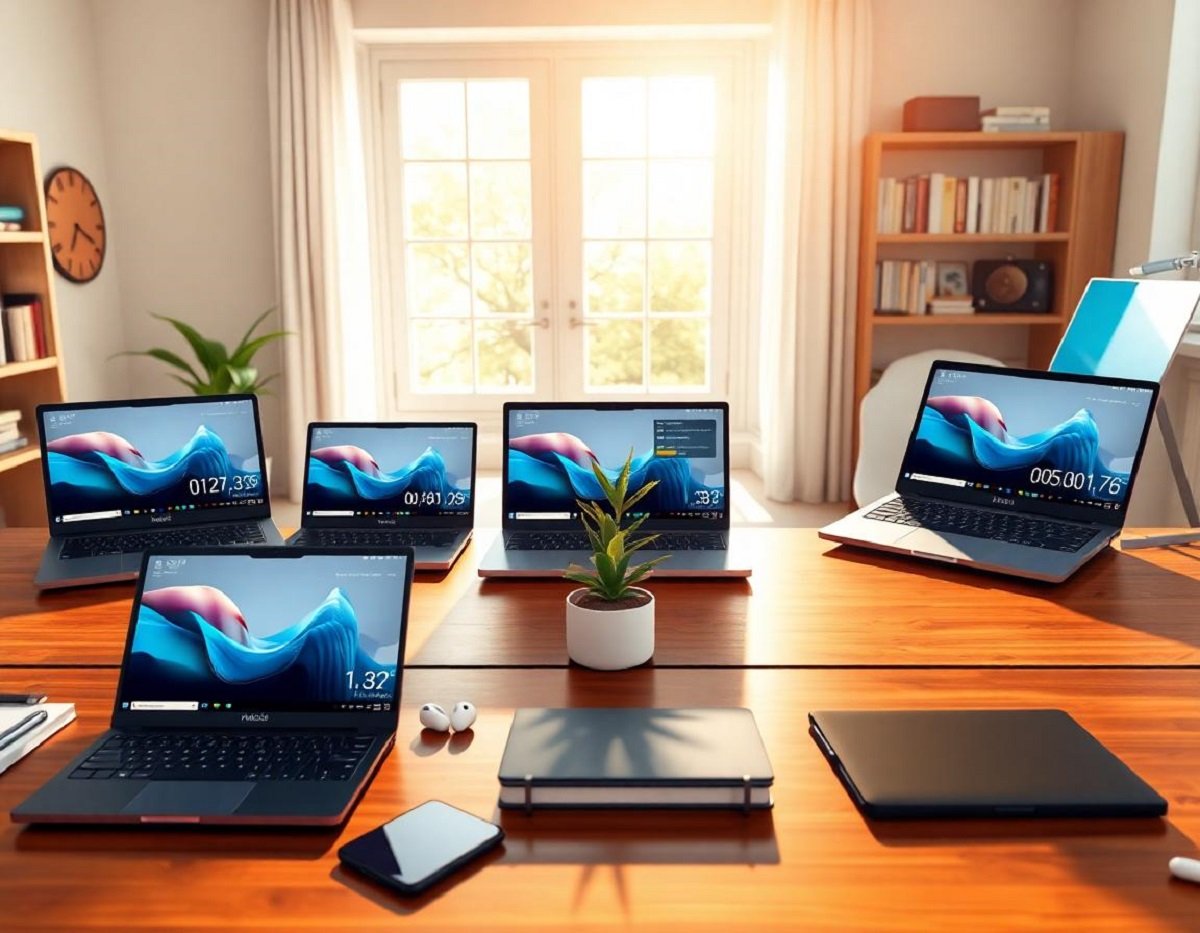
![Red5 GPS Titan Drone Review 2025 [Design, Flight, Camera & App Insights]](https://www.gadgeteval.com/wp-content/uploads/2025/07/red5-gps-titan-drone-cyberpunk-cityscape-768x597.jpg)
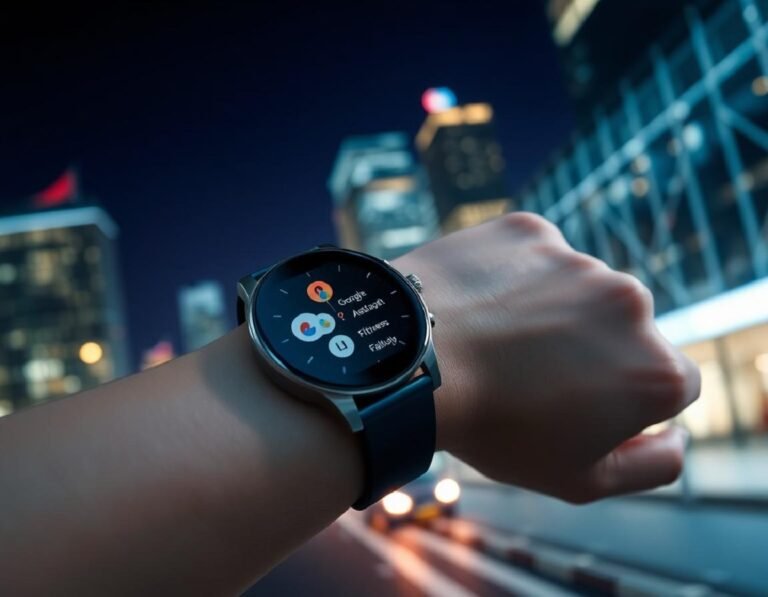

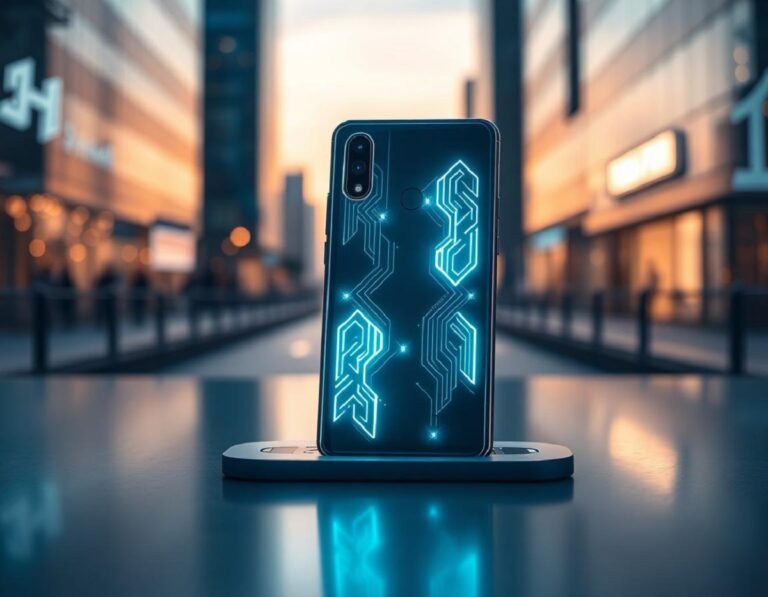
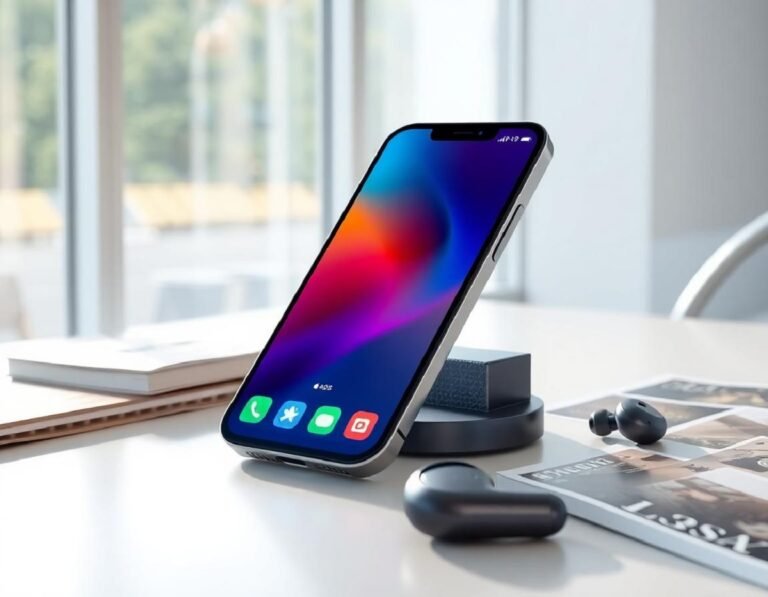
![DJI Mavic Mini Drone Fly More Combo [Light Grey]](https://www.gadgeteval.com/wp-content/uploads/2025/07/dji-mavic-mini-drone-dusk-flight-768x597.jpg)